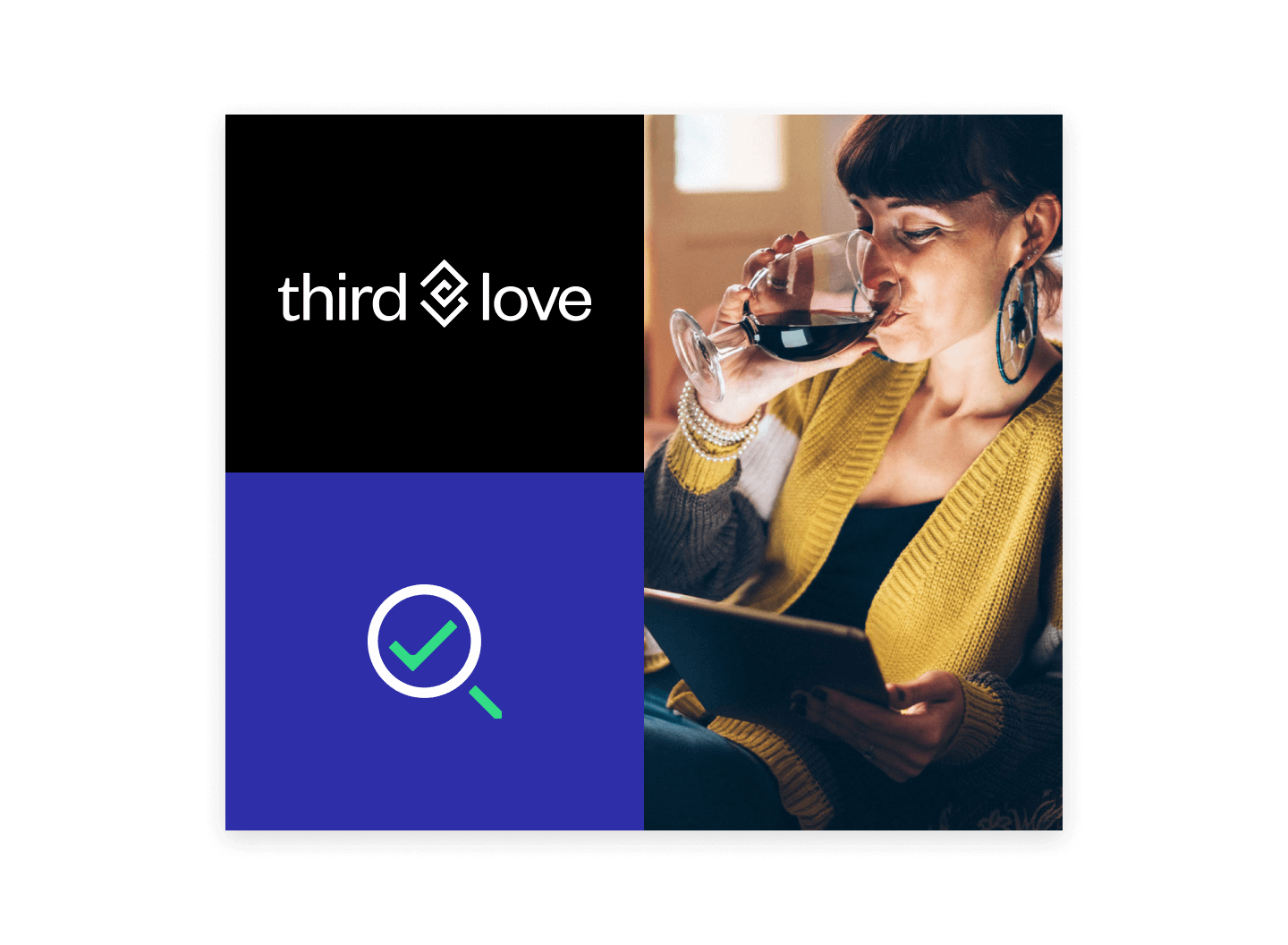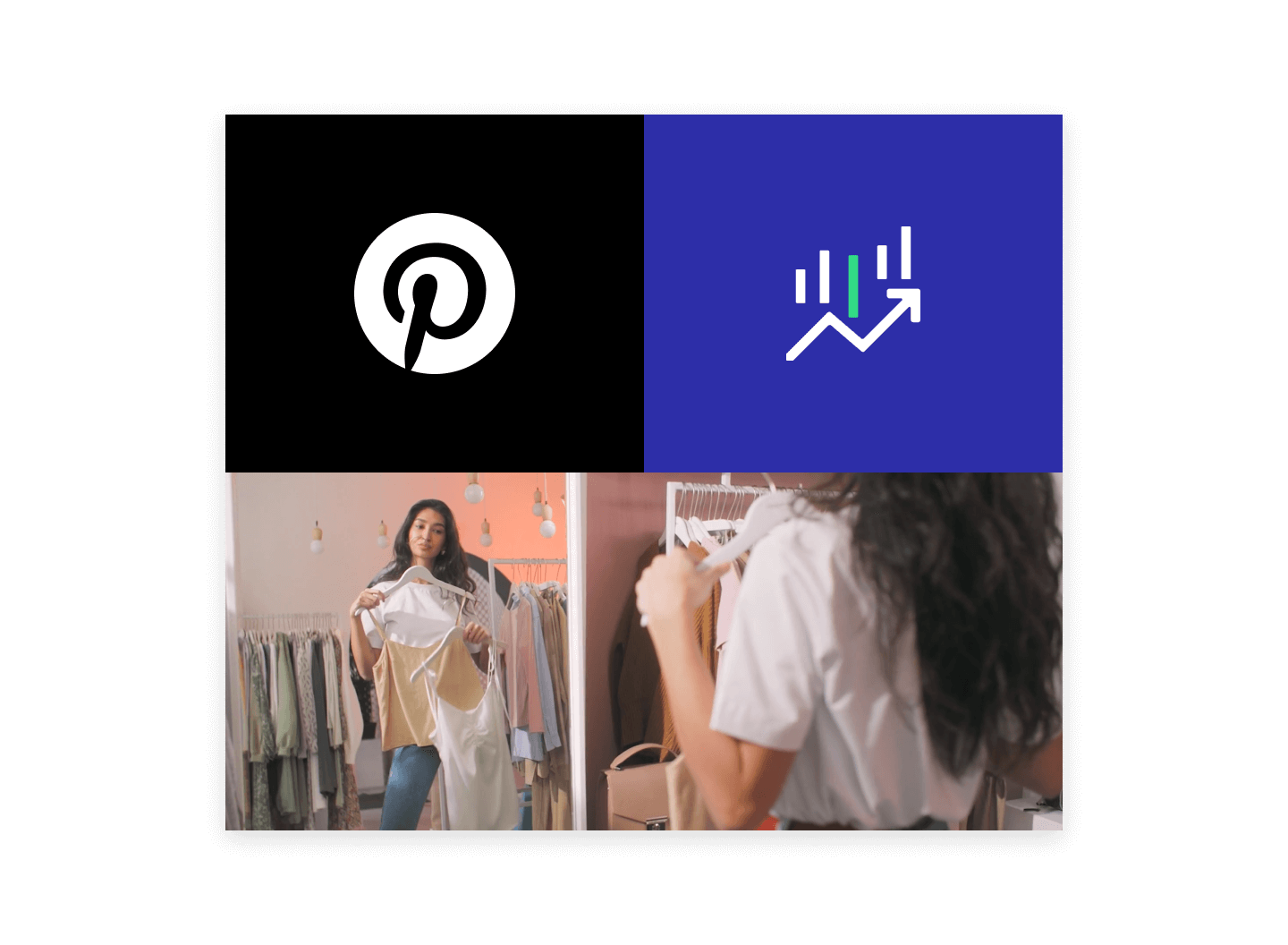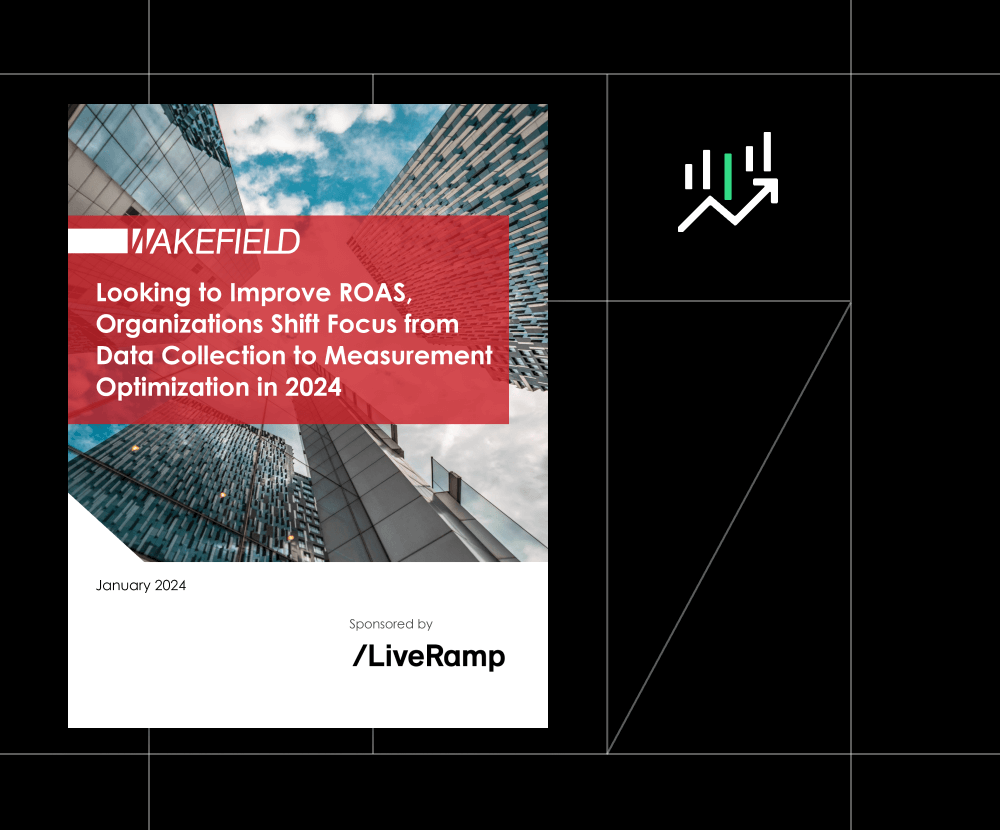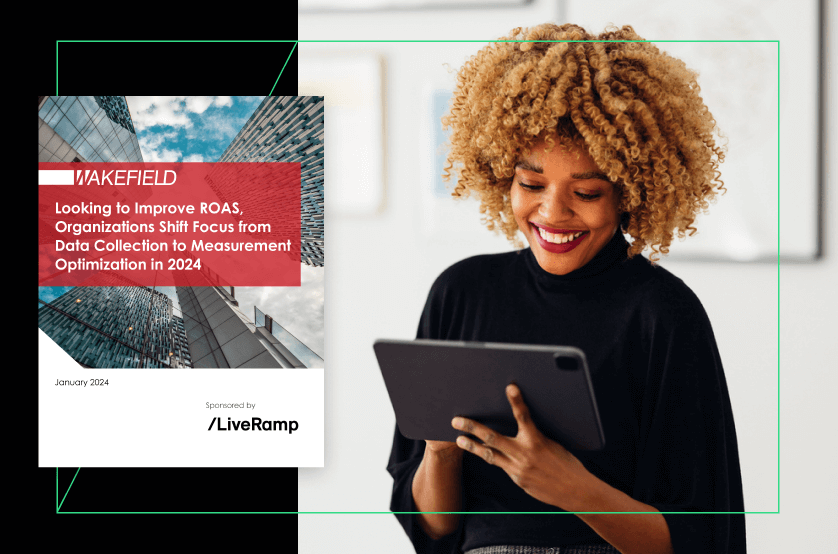Power strategic advertising decisions with cross-screen measurement and analytics
Cross-screen measurement helps unlock previously inaccessible data across all forms of advertising—TV, CTV, social media platforms, publishers, and programmatic. Mitigate signal loss, and reveal the hidden insights that fuel growth.

Optimize the customer experience – and your media spend with cross-screen measurement and analytics

Access holistic performance data across your media portfolio
Eliminate fragmentation across data sets, environments, partners, and reporting—all the data you need, all in one place.
See how McDonald’s transformed its media measurement approach and strengthened ROI

Prove and improve investment decisions
Clearly tie media exposure to conversion data to account for every media dollar. Drive effective decision-making.

Accelerate growth with new insights and partnerships
Build more valuable strategic relationships with publishers and brands — and understand consumer needs more deeply.
Discover how Ampersand and LiveRamp enable unprecedented insights into media performance
With LiveRamp, we’ve increased the value of our important publisher relationships with DISH Media and others. The ability to safely and securely access and analyze more data has allowed us to better understand our customers and measure the true impact of our marketing activities.

With cross-screen measurement and analytics, our customers don’t just dream innovation, they own it.
ThirdLove

Hill's Pet Nutrition

Featured Resources








